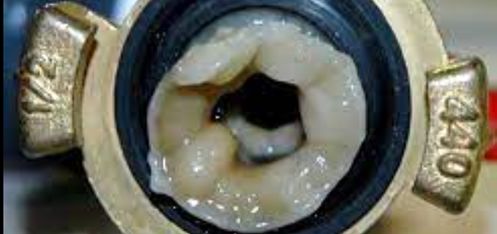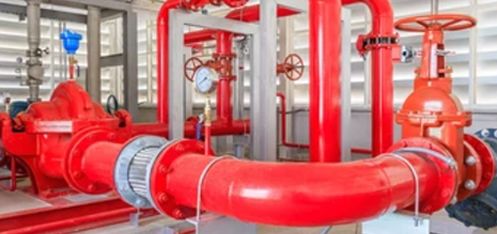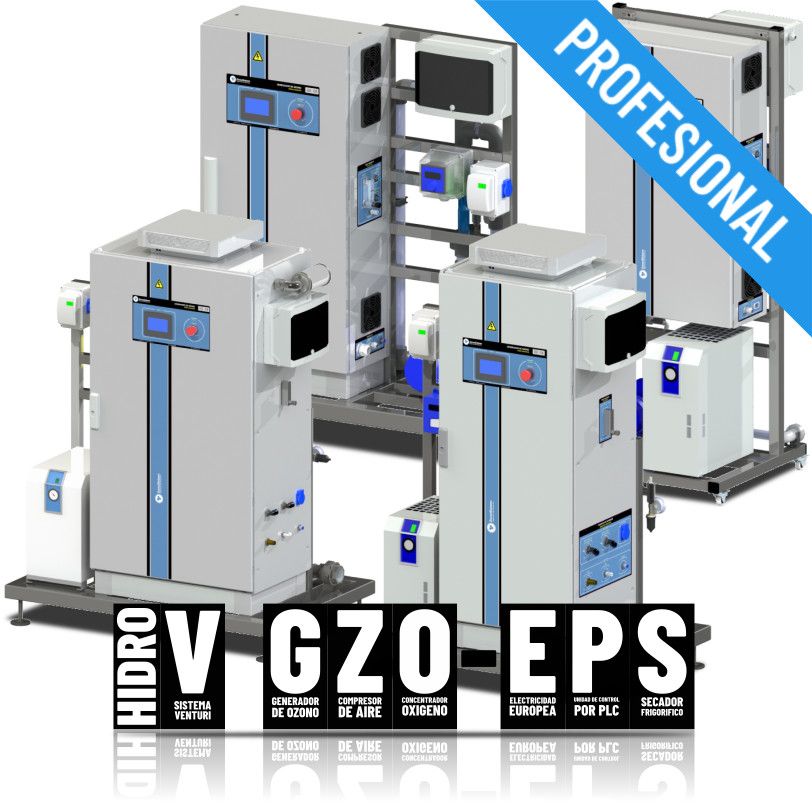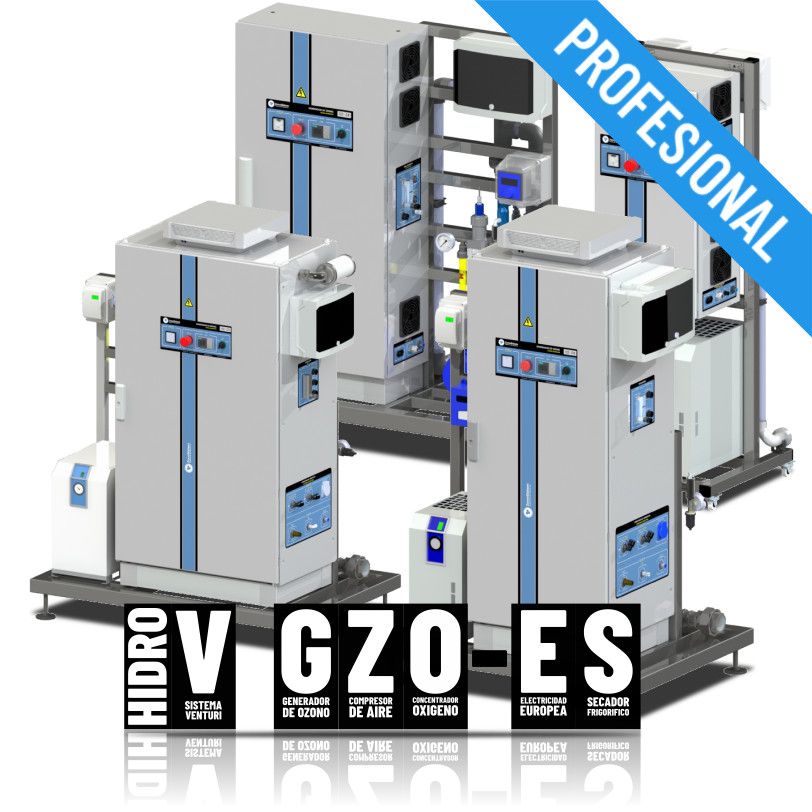Ozone in fire-fighting storage
for maintaining hygiene and disinfection

Use of ozone in fire water tank
Firefighting tanks are accumulations of water where the cultivation and development of microorganisms as dangerous as legionella and the appearance of biofilm in pipes and channels can be encouraged. Chlorine is the technique most traditionally used to disinfect, however, as it is a packaged chemical product, a continuous supply is needed, orders, reception, storage, anticipate possible spills, transport it to the point of application, connect it, etc.
Ozone is a really effective and efficient technique to sanitize and disinfect tanks, reservoirs, pipes and the water itself. Ozone is generated on site, you will not need to transport or store it or manage it. The ozone generator takes oxygen from the air, converts it into ozone through electrical discharges, and injects it into the tank water through its injection and contact system. The system only needs a light point and connect it to the tank you want to treat. The system works fully automatically, without the use of manpower.
Disinfects the fire tank with ozone, automatically and controlled
Evita el cloro, y ahorra espacio y tiempo
El ozono se genera in-situ, no necesita almacenar ni transportar químicos
Evita vertidos y riegos innecesarios y protege el medio ambiente
El sistema está automatizado, no necesita mano de obra para aplicarlo
Problems with the water in your fire-fighting tank?
Advantages of disinfecting with Ozone

Maximum disinfection
Fire tank water is easily contaminated, and there is a risk of legionella outbreak. That is why continuous disinfection is necessary. Ozone is a powerful disinfectant that easily eliminates all kinds of microorganisms, such as viruses, bacteria, fungi and molds, in water and pipes.

Eliminates Biofilm
The biofilm appears in the ducts and tank, generating real problems of microbiological contamination and flow reduction. The ozone in its path quickly and effectively removes biofilm from fire tank pipes. It can correct an existing problem and effectively prevent it as well.

Maximum Control
It is important to have a record of the hygiene levels achieved in the tank during the day, in order to verify that there is not and has not been the possibility that microorganisms have had the ability to develop and cause an outbreak. This level of hygiene can be measured with a Redox meter or with a directly dissolved ozone meter.
Without labor, automatic
The system generates ozone and injects it into the tank automatically, without the need to apply manual labor in the process. The equipment only needs to be connected to the tank to be treated and provide it with a point of light.
No chemical storage
Ozone cannot be transported or stored, it is generated on site, and it is applied instantly, so it is not necessary to store and manage chemical products, it avoids transport and reduces the carbon footprint.
Biocide recognized by the ECHA
Ozone is on the list of biocides by the European Chemical Agency and ZonoSistem has all the necessary legalization documentation to be able to apply ozone in its process.
What type of ozone generator do I need?
Below, we show you the ranges of ozone generators available to treat fire-fighting water tanks.
1. What is the difference between the ranges?
The 2 ranges include the ozone generator, with a compressor and the oxygen concentrator, plus a pump and venturi, to recirculate the water in the tank and inject ozone as it passes.
The HIDRO V GZO-EPS range also includes advanced control elements that allow the ozone levels in the tank to be controlled from a Redox measurement, allowing the equipment to automatically modulate power according to needs. It also includes an ozone leak meter, for greater safety of operators and equipment. This equipment also allows you to obtain a data record and graphs where you can directly see the levels of disinfection achieved.
2. What range do you recommend?
If you need to record the disinfection levels achieved during the day, week or month, you need the HIDRO V GZO-EPS range, which includes a PLC control unit with an integrated Redox sensor. If, on the other hand, you do not wish to record the data, you can opt for the HIDRO V GZO-ES range, with manual control and without data recording.
3. How much ozone do I need?
You must calculate 0.5 ppm for each cubic meter of the tank. If you have a 100m3 tank, you will need at least a 50gO3/h ozone generator.



